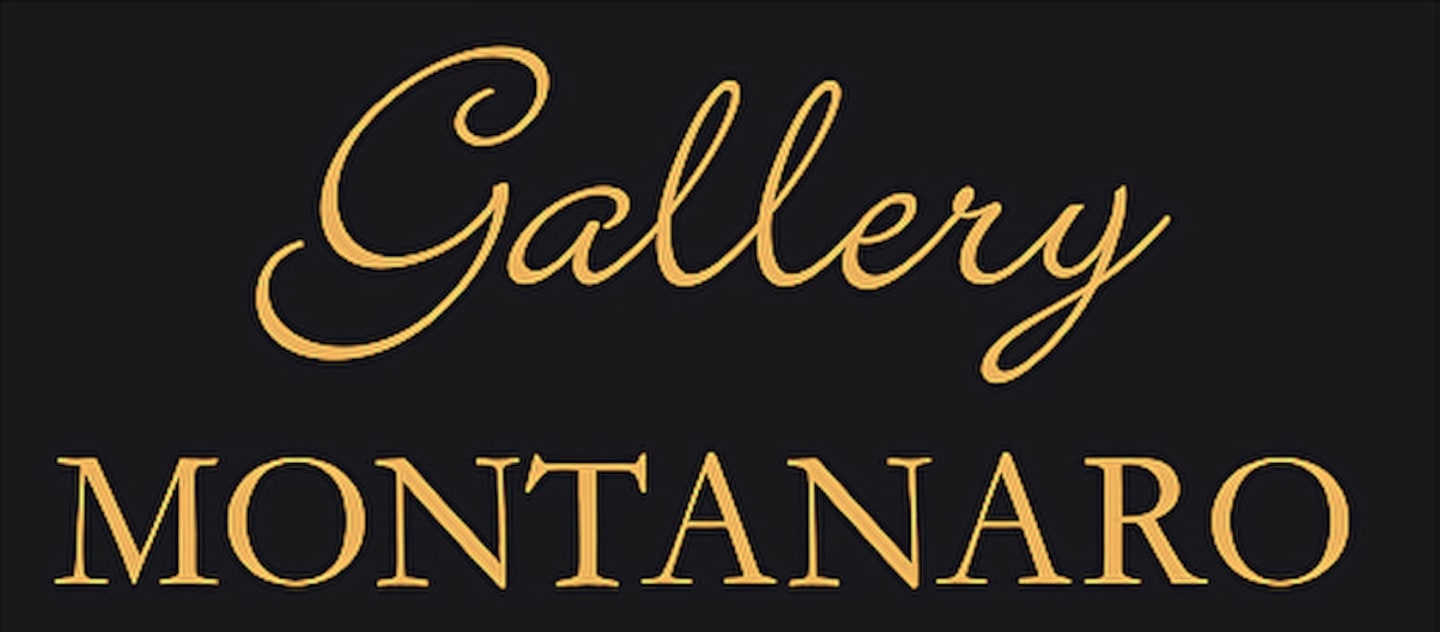Paul Cornoyer (1864–1923)
Paul Cornoyer captured the poetry of city life — rain-soaked New York streets and misted Gloucester harbors rendered with quiet tonal beauty.
Paul Cornoyer (1864–1923) was an American painter whose work bridges Impressionism and Tonalism. Born in St. Louis, Missouri, he studied at the St. Louis School of Fine Arts before traveling to Paris in 1889 to attend the Académie Julian, where he trained under Jules Lefebvre and Benjamin Constant. His early landscapes reflected Barbizon influences, but during his Paris years Cornoyer developed a more atmospheric, light-infused style that would define his mature work.
Returning to the United States in the 1890s, Cornoyer received the Gold Medal of the St. Louis Association of Painters and Sculptors and soon relocated to New York City at the encouragement of William Merritt Chase. There, he created the urban cityscapes that became his hallmark — rainy avenues, reflective pavements, and snow-softened parks rendered with tonal harmony and restrained color. His ability to convey weather and mood established him among America’s most refined interpreters of modern urban life.
Elected an Associate of the National Academy of Design in 1909, Cornoyer exhibited regularly at major institutions and gained recognition for paintings such as The Plaza After the Rain (now in the Saint Louis Art Museum). In later years, he settled in East Gloucester, Massachusetts, where the harbors and shifting coastal light offered natural subjects for his evolving style. He also taught painting, influencing a generation of American artists drawn to Cape Ann’s working waterfront and artistic vitality.
Cornoyer passed away in 1923, leaving a legacy of atmospheric New York city and luminous Cape Ann scenes that remain highly regarded today. His paintings continue to attract collectors for their poetic blend of Impressionist light and Tonalist serenity.
View available Paul Cornoyer painting and discover the artist’s ongoing influence through Gallery Montanaro, representing fine examples of the Cape Ann and American Impressionist schools.


